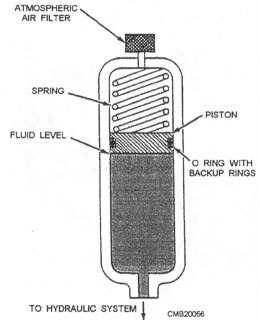
Figure 3-34. - Spring-loaded accumulator.
similar to the weight-loaded accumulator except that springs do the loading. In operation, pressure oil loads the piston by compressing the spring. When pressure drops, the spring forces oil into the system.
Motors A hydraulic motor is a device that converts fluid power energy to rotary motion and force. The function of a motor is opposite that of a pump. However, the design and operation of motors are very similar to pumps.
Motors have many uses in fluid power systems. In hydraulic power drives, pumps and motors are combined with suitable lines and valves to form hydraulic transmissions.
Fluid motors may either be fixed- or variable- displacement. Fixed-displacement motors provide constant torque and variable speed. Controlling the amount of input flow varies the speed. Variable- displacement motors are constructed so that the working relationship of the internal parts can be varied to change displacement. The majority of the motors used in fluid power systems are the fixed-displacement type.
Fluid motors are usually classified according to the type of internal element that is directly actuated by the flow. The most common element are the gear (fig. 3-7), the vane (fig. 3-12), and the piston (fig. 3-15).
Tubing, Piping, and Hose
The three types of lines used in fluid power systems are tubing (semirigid), pipe (rigid), and hose (flexible). A number of factors are considered when the type of line is selected for a particular system. These factors include the type of fluid, the required system pressure, and the location of the system. For example, heavy pipe might be used for a large stationary system, but comparatively lightweight steel tubing is used in the automotive brake system. Flexible hose is requires in installations where units must be free to move relative to each other.
PIPING AND TUBING. - The choice between pipe and tubing depends on system pressure and flow. The advantages of tubing include easier bending and flaring, fewer fittings, better appearance, better reusability, and less leakage. However, pipe is cheaper and will handle large volumes under high pressures. Pipe is also used where straight-line hookups are required and for more permanent installations.
In either case, the hydraulic lines must be compatible with the entire system. Pressure loss in the line must be kept to a minimum for an efficient system.
Pipes for hydraulic systems should be made of seamless cold-drawn mild steel. Galvanized pipe should NOT be used because the zinc coating could flake or scale, causing damage to the valves and pumps.
Tubing used in fluid power systems is commonly made from steel, copper, aluminum, and, in some instances, plastic. Each of these materials has its own distinct advantages or disadvantages in certain applications.
Copper. - The use of copper is limited to low- pressure hydraulic systems where vibration is limited. Copper has high resistance to corrosion and is easily drawn or bent. However, it is unsatisfactory for high temperatures and has a tendency to harden and break due to stress and vibration.
Steel. - Tubing constructed of cold-drawn steel is the accepted standard in hydraulics where high pressures are encountered. Steel is used because of its strength, stability for bending and flanging, and adaptability to high pressures and temperatures. Its chief disadvantage is its comparatively low resistance to corrosion. There are two types of steel tubing - seamless and electric welded.
Continue Reading